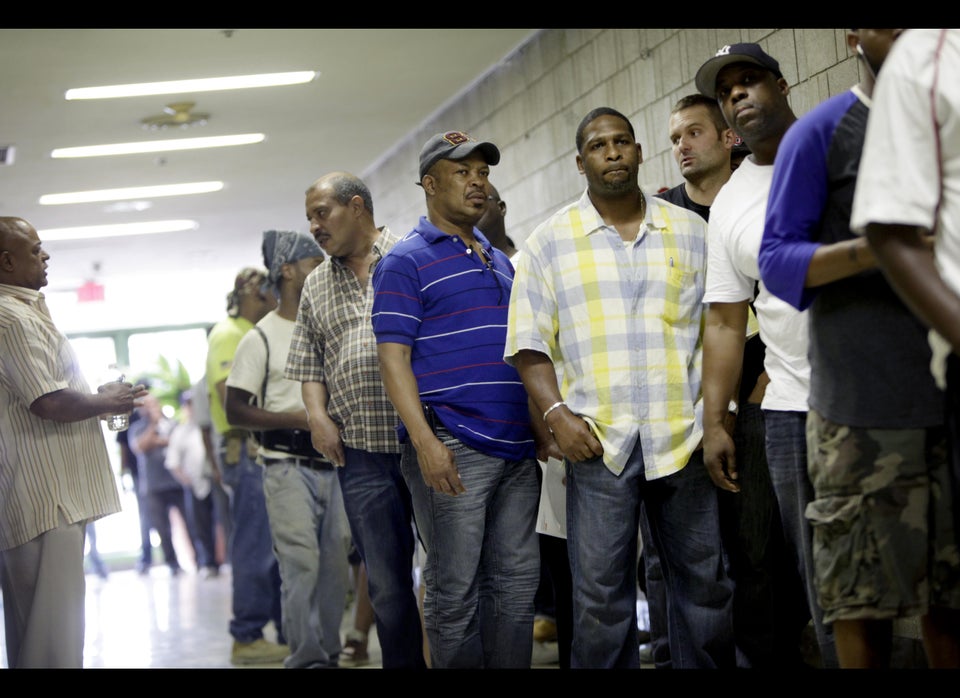
For more than a century the United States was a gigantic ship sailing vigorously with the wind at its back. In recent decades this is no longer the case, as the lumbering vessel has lost momentum and direction with the potential of becoming lost at sea.
However, there is an answer on the horizon – the U.S. simply needs to focus on improving Latino education.
Economic benefit of Latino education
“Today, almost 1.7 million of the 6.2 million Latinos age 18 to 24 do not have a high school diploma,” Campaign for High School Equity Executive Director Rufina A. Hernández told VOXXI. “We all pay a price when that many young adults go out into the world without even the minimum preparation of a high school diploma.
“Whether that toll is measured in lower national economic output, in the public support system needed to keep families from further slipping into poverty or in another generation born on society’s lowest and least secure rung, America’s success depends on all students having equal and equitable access to a quality education.”
Hernandez added the Campaign for High School Equity supports the high expectations and rigorous core content knowledge contained in the Common Core State Standards, which they believe will help educating Latinos in public schools.
The clock is ticking to educate Latinos
There are activists and economists in states such as Arizona that are realizing the current immigration debate pales in comparison to the deep financial hole which will exist if xenophobic policies regarding ethnic culture and education persist.
Steve Moya, author of new book Great Potential: Latinos in a Changing America, told VOXXI that it’s becoming increasingly clear that, compared to other nations, the United States is falling behind academically as a whole, and specifically failing in educating Latinos.
“Globalization has really become intense,” Moya said. “We used to think we had a few strong countries we were competing with and the list is growing all the time. We have 80 million baby boomers starting to retire, and we have low birth rates. For all of those reasons, and because of globalization and our ability to compete, we need every brain out there we can have.”
Many American businesses are complaining about a current skill gap that can easily be eradicated if educating Latinos was made a priority. Furthermore, Moya said there must be an investment made in the Latino community to help them catch up.
For decades, Moya said Latino advocates suggested a change in Latino education could see results in future generations. He feels this is selling the Hispanic population short.
“That’s too damn long,” Moya said. “On the other hand, we can’t do it in five years, that’s too short. I think having Latino children increasingly prepared for mainstream competition in one generation is a very realistic thing but it certainly is necessary.”
Social benefits to better educating Latinos
University of the Incarnate Word Professor of Education David Campos, who authored Educating Latino Boys: An Asset Based Approach, tells VOXXI improving Latino education will lead to an increased economy, as well as greater civic engagement and strong contributors to society.
Despite recent positive signs regarding Latino education, with more students graduating from high school and enrolling in college, Moya said now isn’t the time to celebrate.
“We’re making some progress with Latinos getting them into college but sometimes they’re not getting the kind of education that’s going to make a difference,” Moya said. “So really there’s not enough progress. We’ve got to see this trajectory on a steeper plane.”
Originally published on VOXXI as Why the U.S. needs to improve education for Latinos
